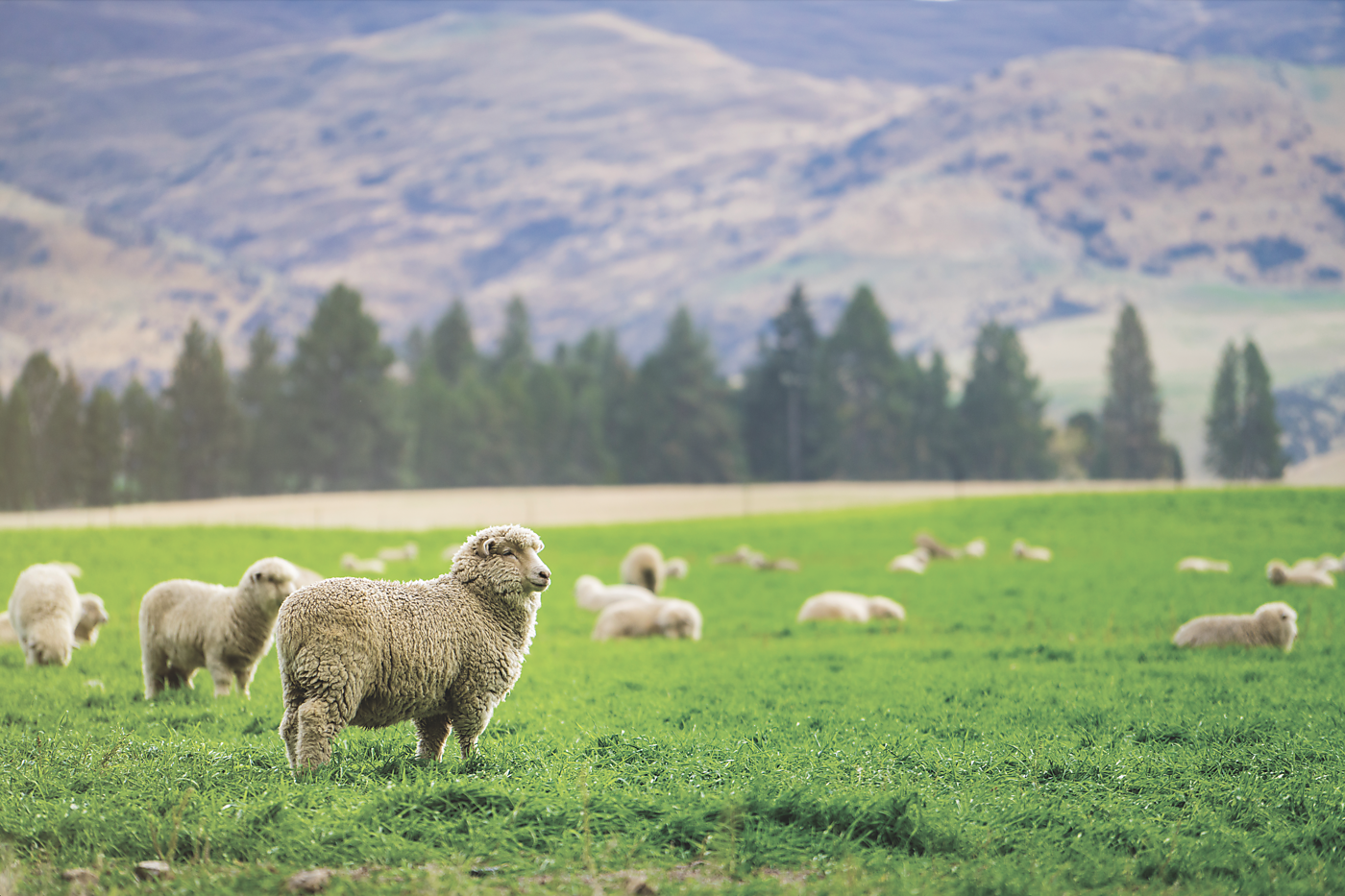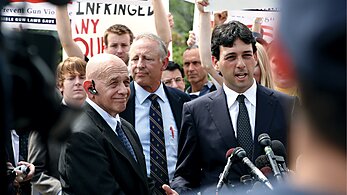Subsidies, tariffs, and other protectionist policies have long aided American agriculture, though this is not a uniquely American phenomenon. Governments around the world shell out roughly $630 billion a year for their domestic agriculture industries, a level of spending that has roiled markets, trade negotiations, and policy debates for decades.
One exception to this trend—and an example that lawmakers in the United States should heed as the Farm Bill’s expiration nears—is New Zealand, which abruptly cut all subsidies to farmers in 1984.








